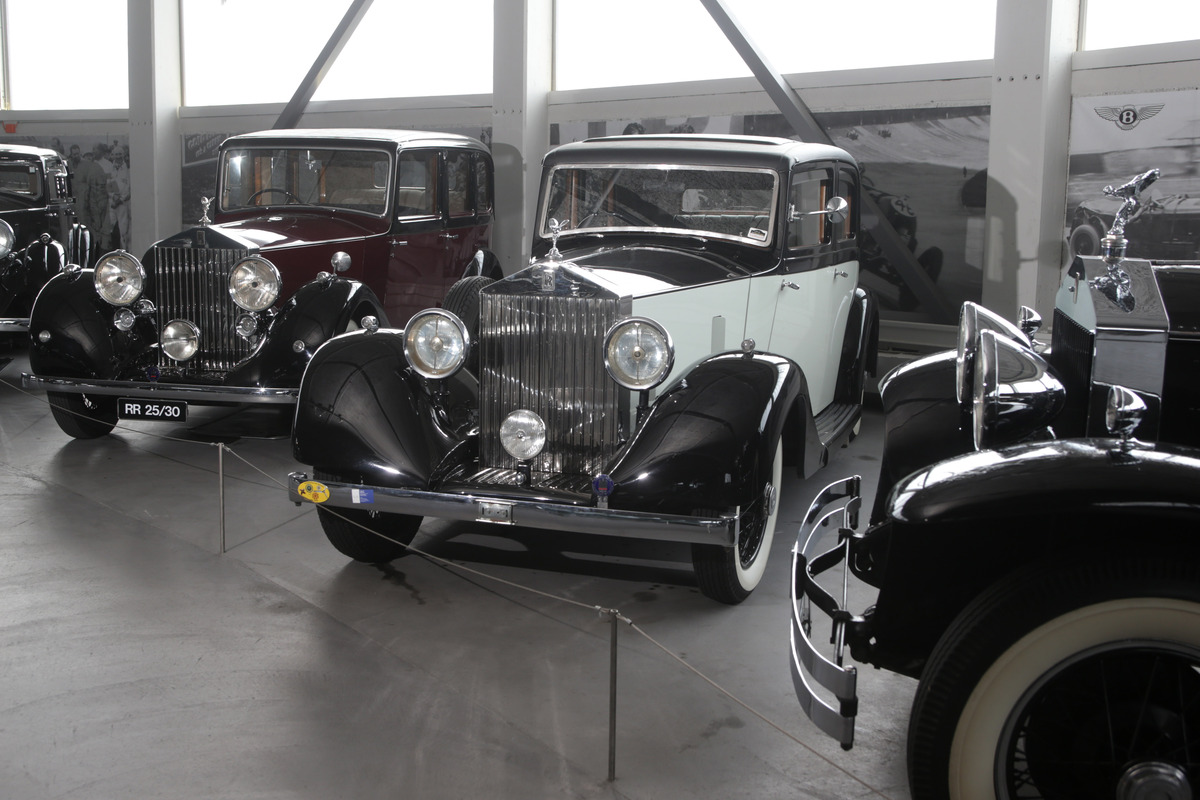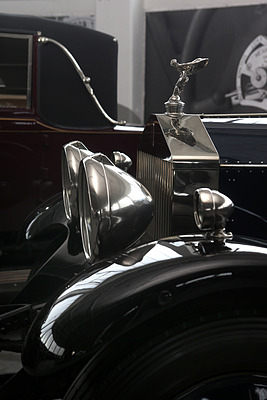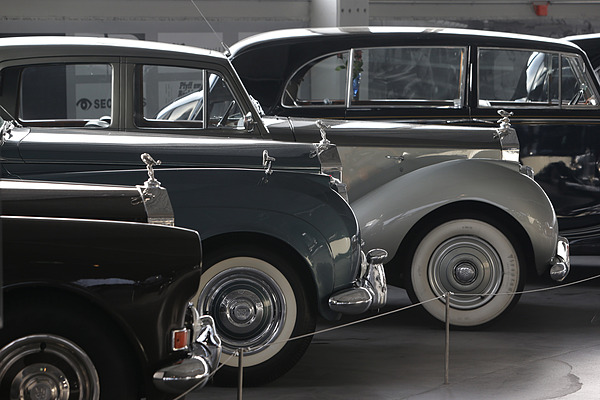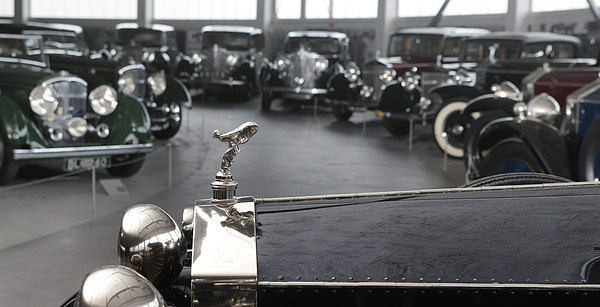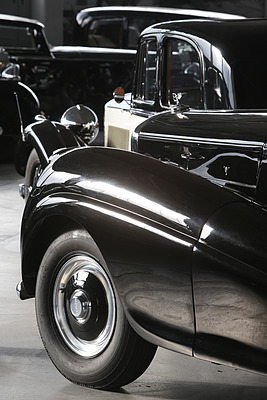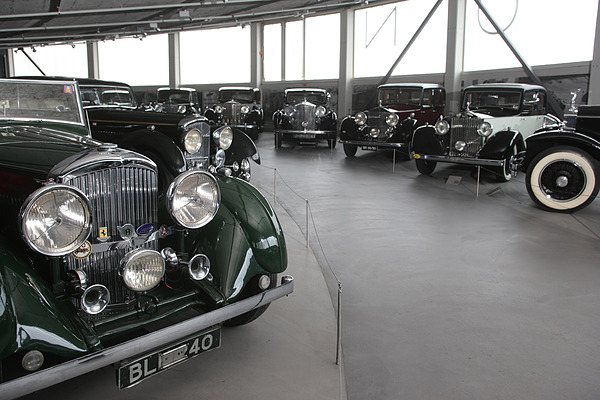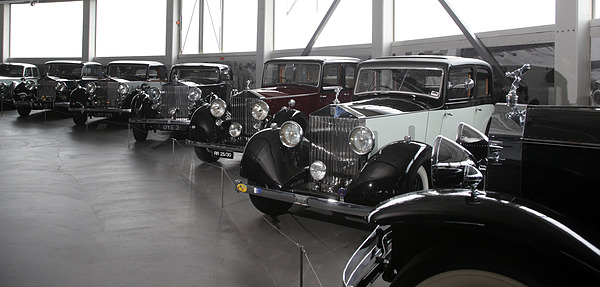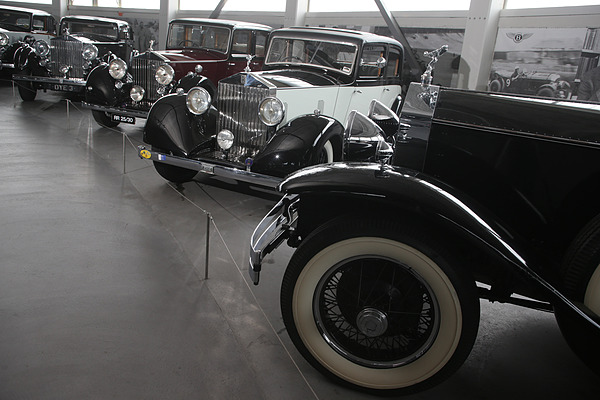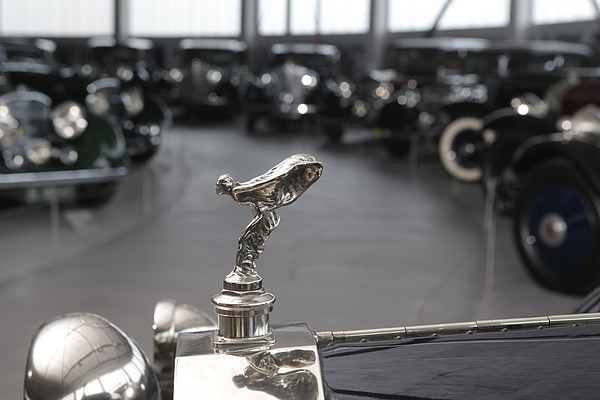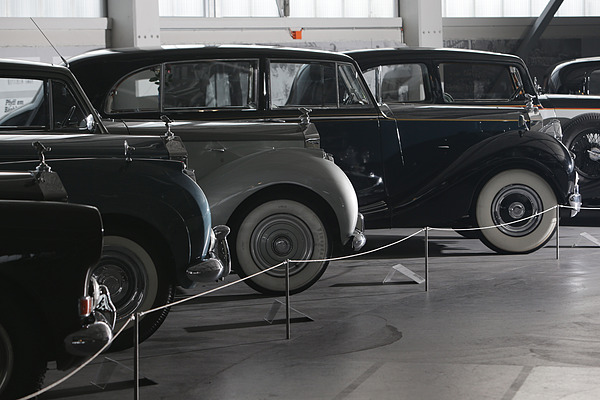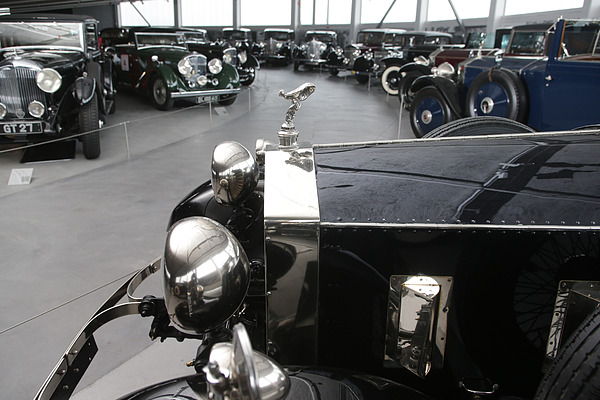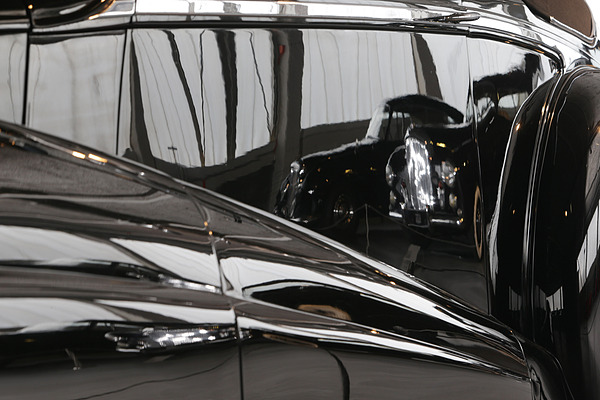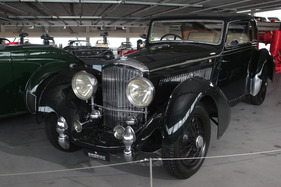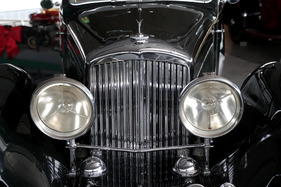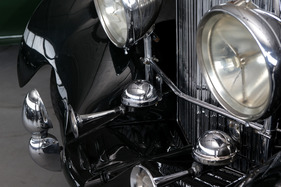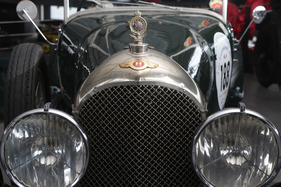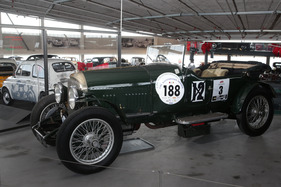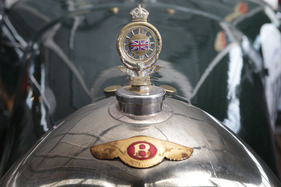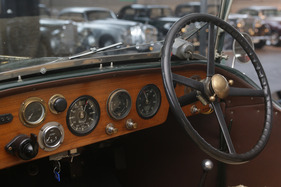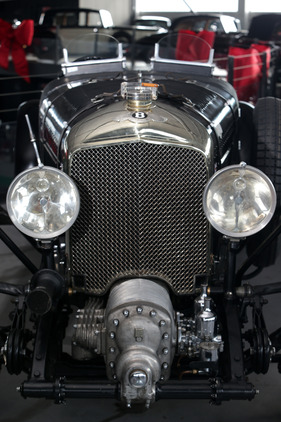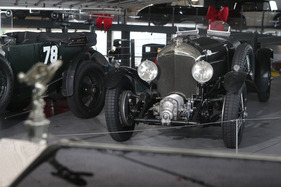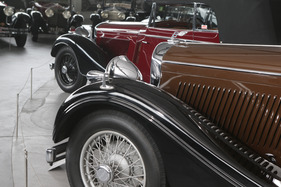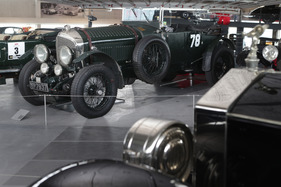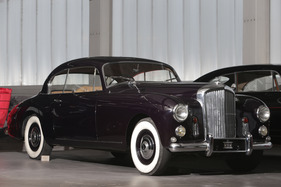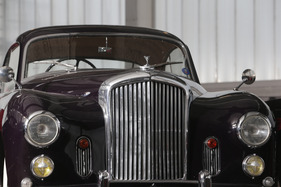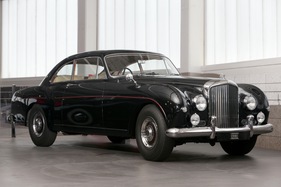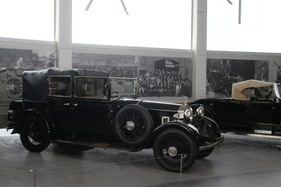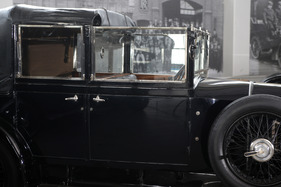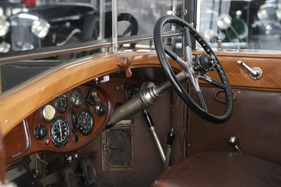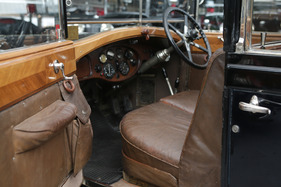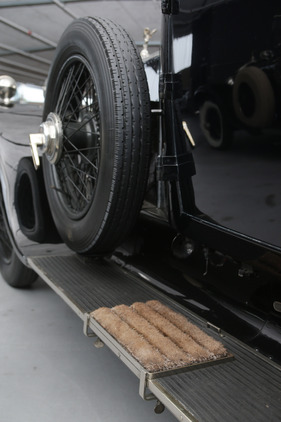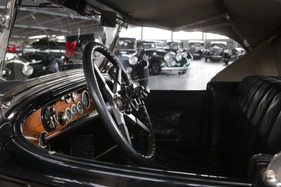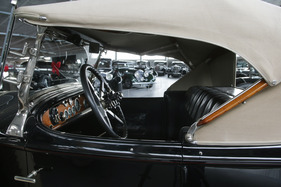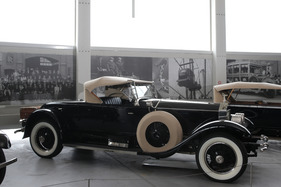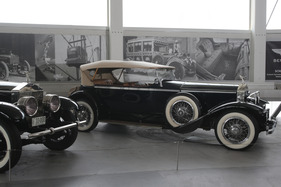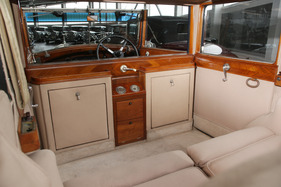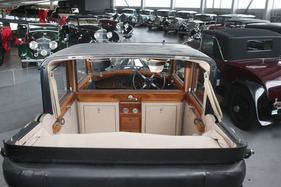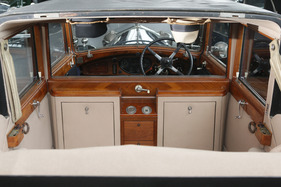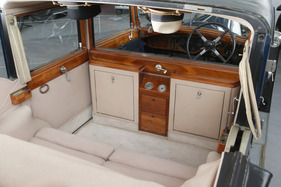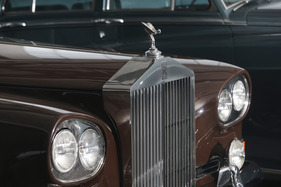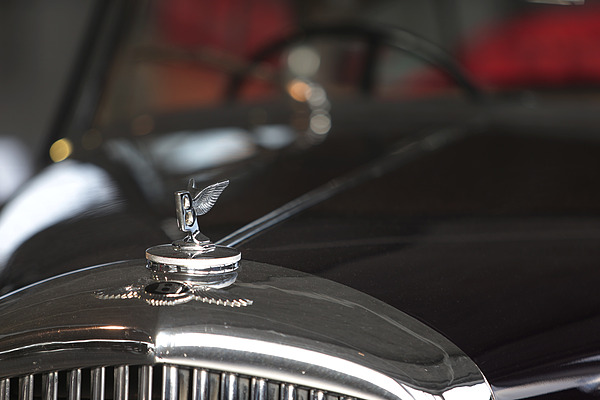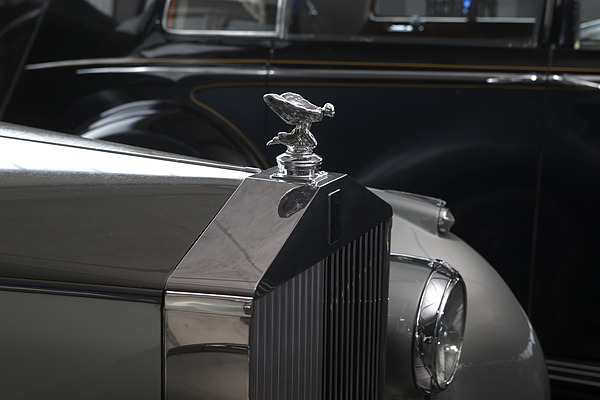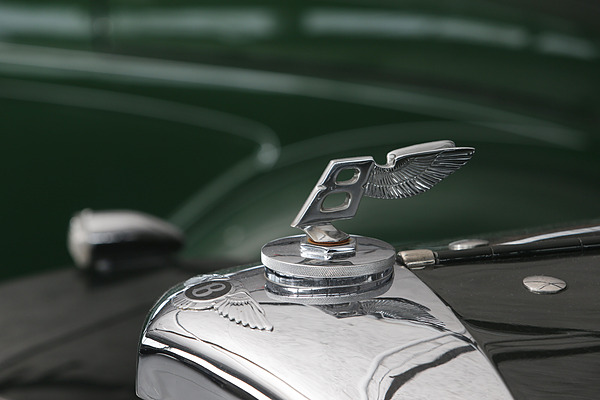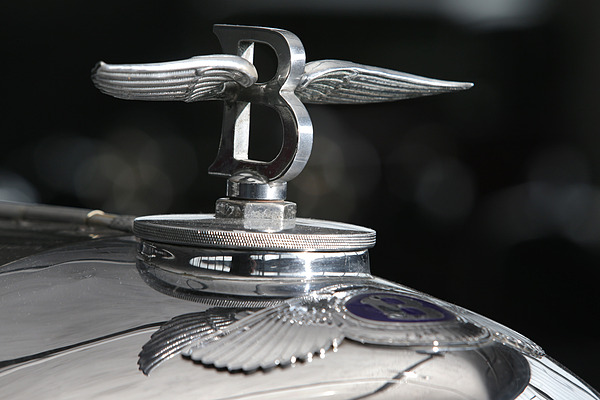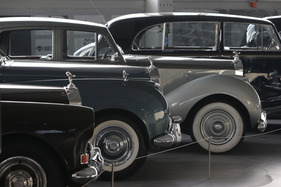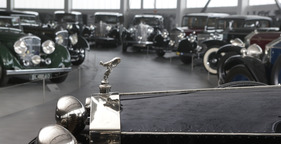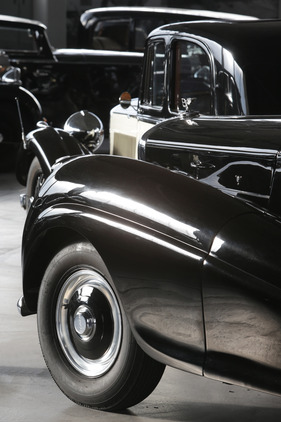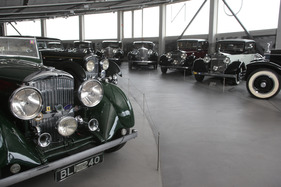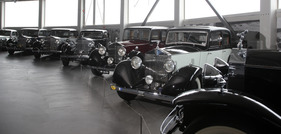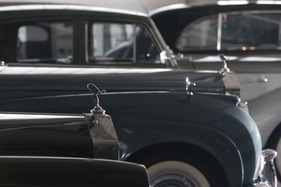With its 11th special exhibition, the Pantheon Basel presents the fascination of the encounter between the two English luxury brands Rolls Royce and Bentley. For over 100 years, the two manufacturers have been making history in the fields of luxury and sport, and they are still among the most valuable and fascinating car brands of our time.
The Rolls-Royce brand developed into the luxury product par excellence, with heads of state and the aristocracy being chauffeured by it. As the saying goes: "You don't sit in a Rolls, you sit enthroned".
Bentley, on the other hand, plays in a similar league, but is much sportier. Walter Owen Bentley himself was a passionate racing driver. Bentley finished 4th in the very first 24 Hours of Le Mans in 1923. From 1927 up to and including 1930, the Bentleys had to be beaten. After financial difficulties at the beginning of the 1930s, Rolls-Royce took over the Bentley factory in London.
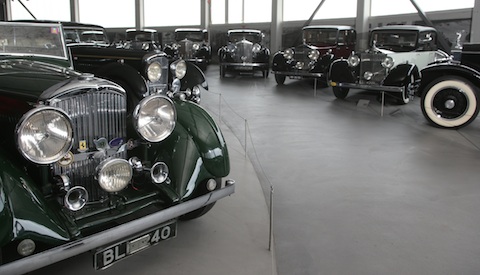
Unique special exhibition
Benno Th. Müller, President of the "Rolls-Royce Enthusiasts' Club for Rolls-Royce & Bentley Drivers Swiss Section" (RREC for short), is delighted with the special exhibition on offer at the Pantheon: "Some of our members have made their vehicles from the two brands available for the "Luxury and Sport - Rolls-Royce and Bentley" show, thus enabling an incomparable exhibition. The brand club for Rolls-Royce and Bentley drivers is celebrating its 40th anniversary in Switzerland in 2013. Over 650 members and almost 1100 vehicles are part of the "RREC Swiss Section" and bear witness to the fact that around 80% of all Rolls-Royces and Bentleys ever produced are still roadworthy.
The most famous radiator grille in the world
The Spirit of Ecstasy: "The most famous radiator mascot in the world". Flying Lady, also known as Emily. But she is actually called "Spirit of Ecstasy", because that is what her creator, the artist Charles Robinson Sykes, christened her. In 1910, six years after the company was founded, Rolls-Royce managers reacted - not amused - to "unfitting objects" on the radiators of their products. They commissioned Sykes to find a remedy. With the graceful, elegant, lightly clad Flying Lady, he created a work of art and at the same time the perfect association for luxury cars. Incidentally, the name Emily is said to come from Miss Eleanor Velasco Thornton, the secretary and mistress of a member of the English aristocracy. She is said to have "modeled" for Sykes.
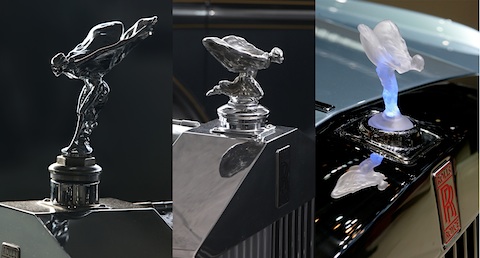
In order not to obstruct the driver's field of vision, the Flying Lady became smaller and smaller over time. After the Second World War, she even knelt, for example on the Silver Wraith or the Silver Dawn. Today, Emily still adorns the Rolls-Royce radiator grille, manufactured using the lost wax process and available in stainless steel, silver or gold. And, of course, she disappears as elegantly as discreetly into the secure radiator housing at the touch of a button.
The original Bentley
The 3-liter Bentley from 1924 is the original Bentley, from which the engines of all subsequent models were derived. Bentley produced a total of 1622 chassis of the 3 Litre, which was available in six different variants.
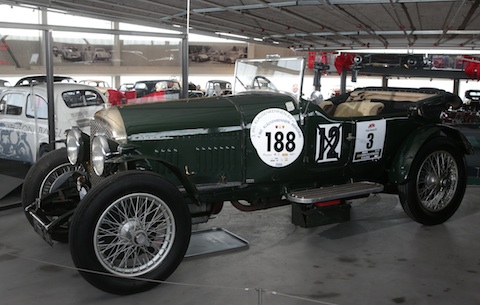
Racing success was not long in coming: in 1923 it finished 4th and in 1924 1st in the 24 Hours of Le Mans. The vehicle on display is fitted with a king shaft and has taken part in various Le Mans races. It has been in the family for 40 years.
A Bentley R-Type with Swiss Graber bodywork
Bentley established its tradition of the Continental series with the R-Type. These are sporty versions of the basic model. In the case of the R-Type Continental, 208 examples were delivered with a 4 ½ liter engine with 4887cc. The name Continental is due to the fact that higher vehicle speeds were permitted on the continent at the time than in the United Kingdom.
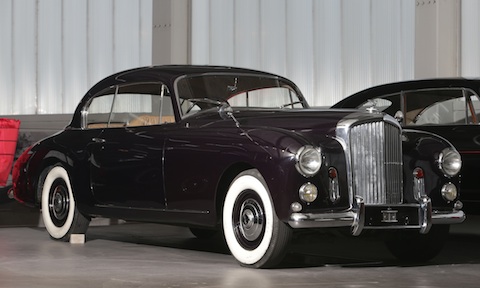
The R-Type Continental with the H.J. Mulliner body was actually the fastest 4-seater car of its time with a good 190 km/h. A total of 7 examples of the exhibited R-Type with Graber bodywork were built, 3 of them as coupés. The vehicle was exhibited at the Geneva Motor Show in 1953, where it was purchased by a diplomat. The current owner acquired it as a ruin in 1987 and painstakingly restored it.
The small Rolls-Royce 20 hp for self-drivers
In addition to the Phantom l, a "small" Rolls-Royce, the 20 hp, was also in the range between 1922 and 1929. This car was aimed at people who wanted to drive their car themselves and not be driven by a chauffeur, as was usual with the larger models.
During the seven years of production, Rolls-Royce 2940 built 20 hp chassis, which were fitted by coach builders with bodywork in the form of convertibles, coupés, limousines or landaulets according to customer requirements.
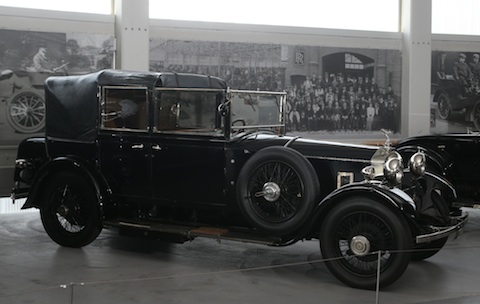
The exhibited car with chassis number GBM 23 was built in 1927 by Dr. h,c. Emile Dreyfus in London in 1927 and delivered a year later. Mr. Dreyfus and his private chauffeur drove the Rolls-Royce until 1950. The current owner took over the car in 1954. Long-term ownership is no exception in the Rolls-Royce environment.
The exhibition "Luxury and Sport, Rolls-Royce and Bentley" is open to the public until April 17, 2013 and can be visited throughout the week. For the exact opening times and closing periods, please refer to the Pantheon website.
